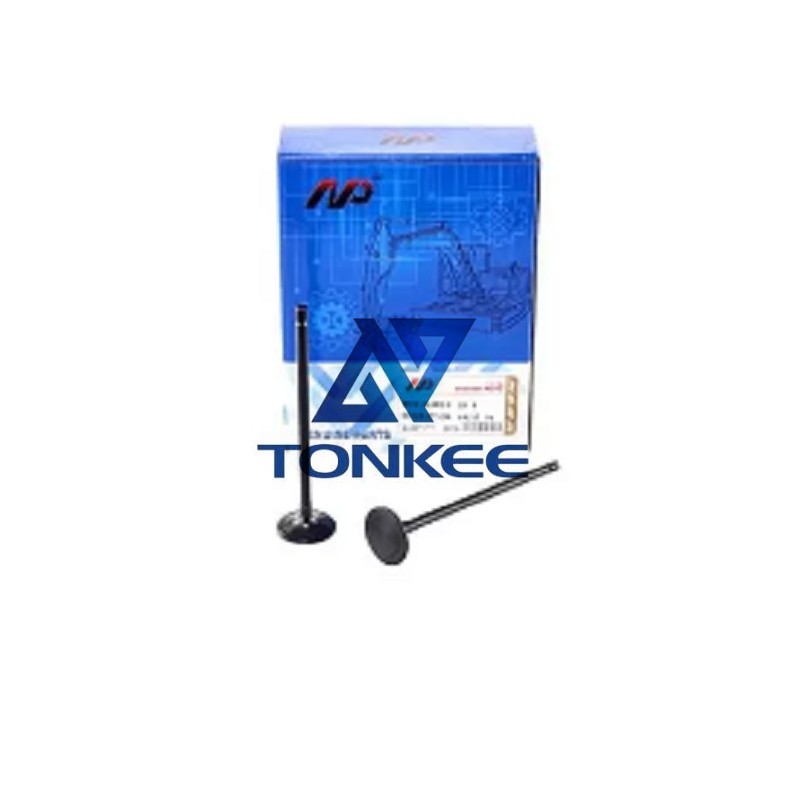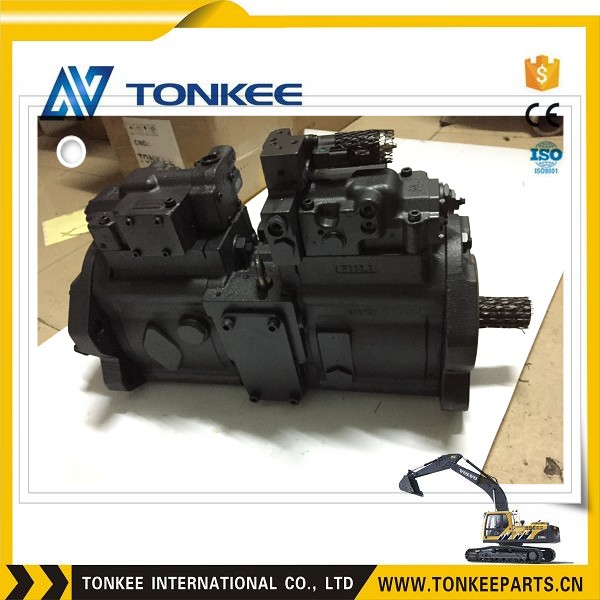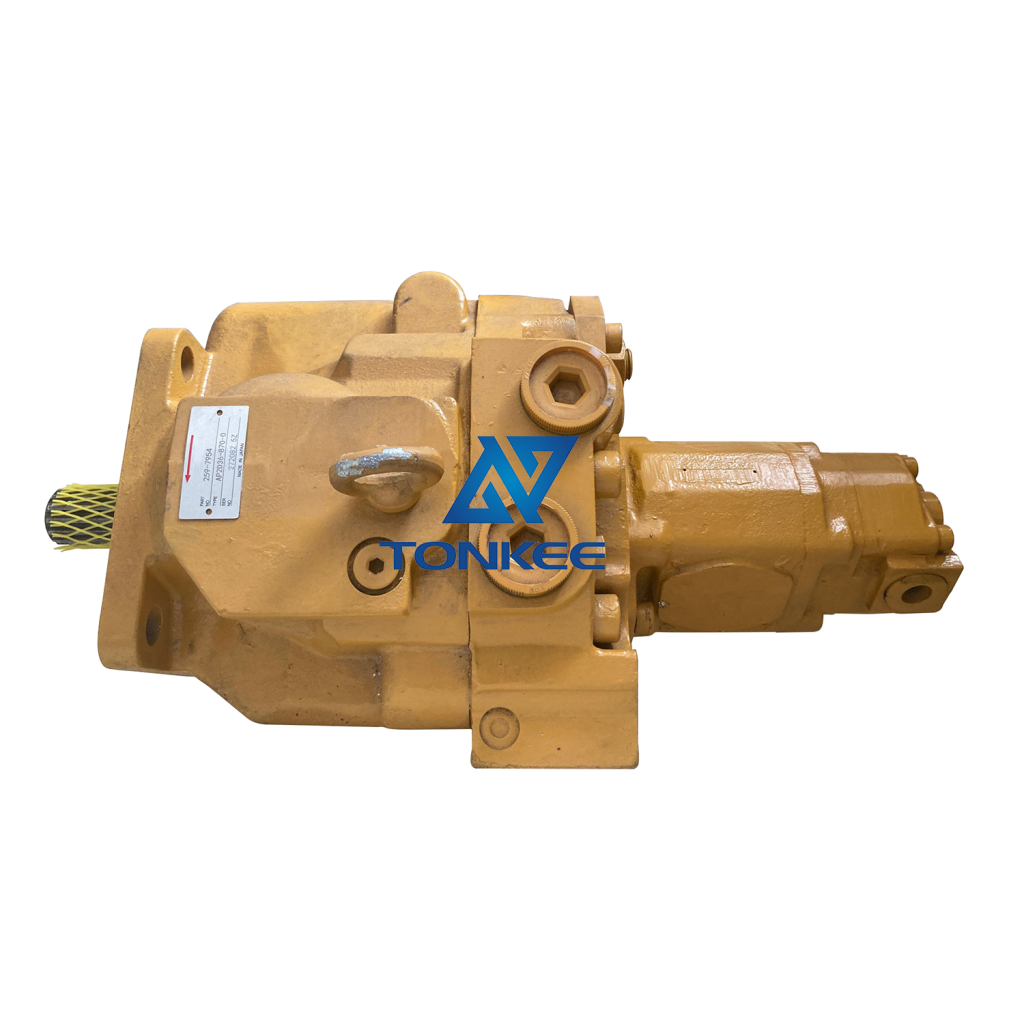
The CAT C6.4 engine utilizes a four-stroke cycle, which is a fundamental principle of internal combustion engines.
This cycle consists of four phases: intake, compression, power, and exhaust. Valves play a key role in controlling the flow of air and fuel into the combustion chamber and expelling exhaust gases after combustion.
The CAT C6.4 engine features an overhead camshaft (OHC) design, where the camshaft is located in the cylinder head. This design allows for precise control of the engine's valves. The engine employs two types of valves: intake valves and exhaust valves. These valves are made of high-quality materials, often hardened steel, to withstand the harsh operating conditions of construction equipment.
Intake Valves: The intake valves in the CAT C6.4 engine are responsible for allowing a precise amount of air into the combustion chamber during the intake stroke. These valves are strategically designed and sized to optimize airflow, ensuring efficient combustion. The intake valves are opened by the camshaft during the intake stroke, and their size and shape are engineered to maximize air intake for combustion.
Exhaust Valves: Exhaust valves are equally critical in the engine's operation. These valves open during the exhaust stroke, allowing the high-pressure exhaust gases to exit the combustion chamber and enter the exhaust system. Caterpillar engineers carefully design the exhaust valves to withstand high temperatures and pressures generated during combustion. Their materials and design contribute to the engine's durability and longevity.
Valve Timing: Valve timing is crucial to the engine's performance.
The timing of when the intake and exhaust valves open and close is carefully calibrated to ensure efficient combustion. This is determined by the camshaft's profile and the engine's design. Proper valve timing ensures that air and fuel are drawn into the cylinders at the right moment and that exhaust gases are expelled efficiently, maximizing power output and fuel efficiency.
Valve Clearance: Maintaining the correct valve clearance is essential for the engine's smooth operation. Valve clearance refers to the gap between the valve and the camshaft lobe that actuates it. Proper clearance ensures that the valves can fully close and seal during the compression and power strokes. Caterpillar specifies maintenance intervals for valve clearance adjustments to ensure the engine continues to perform optimally.
Valve Actuation: The CAT C6.4 engine employs a mechanical valve actuation system, where the camshaft directly actuates the valves through pushrods, rocker arms, and valve lifters. This system provides precise control over valve movement and reduces the likelihood of valve float at high engine speeds. Regular maintenance and inspection of these components are vital to ensure the engine's reliability.



 English
English Русский язык
Русский язык





